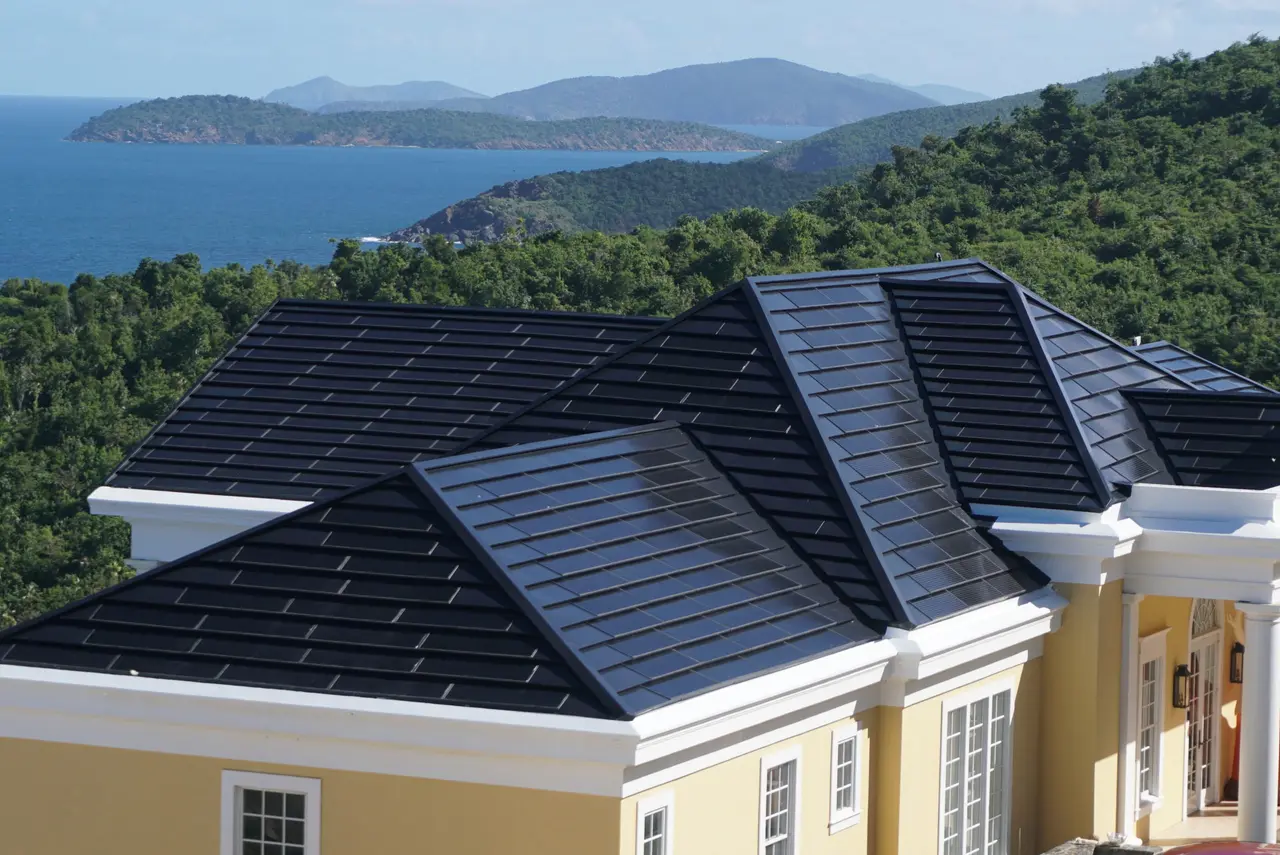In a world where environmental consciousness is paramount, particularly in Vermont, the decision to opt for sustainable roofing systems can be a game-changer. From reducing carbon footprints to enhancing energy efficiency, the impact of choosing eco-friendly roofing solutions is both practical and beneficial for our planet. Let’s delve into the myriad advantages that come with embracing sustainable roofing systems and how they contribute to a greener future.
Understanding Sustainable Roofing Systems
Sustainable roofing systems encompass a range of environmentally friendly materials and construction techniques designed to minimize the ecological impact of buildings. From solar panel installations to green roofing options like living roofs or reflective coatings, these systems are geared towards energy efficiency, durability, and reducing waste.
By choosing sustainable roofing materials such as recycled metal, reclaimed wood, or cool roofs that reflect sunlight, property owners can actively contribute to energy conservation efforts and combat the urban heat island effect. The integration of green roofs not only provides additional insulation but also promotes biodiversity in urban areas, creating a healthier environment for all.
Moreover, sustainable roofing systems often boast long lifespans, reducing the frequency of replacements and thus minimizing the waste generated from roofing debris. With advances in technology, sustainable roofs can now be equipped with sensors and smart systems to optimize energy consumption and monitor environmental conditions, further enhancing their eco-friendly credentials.
Advantages of Eco-Friendly Roof Solutions
Eco-friendly roofing solutions offer a host of benefits beyond environmental conservation. By utilizing sustainable materials, property owners can enjoy reduced energy costs through improved insulation and ventilation, leading to long-term savings on utility bills. Additionally, many sustainable roofs qualify for tax incentives and green building certifications, adding financial value to the property.
The versatility of sustainable roofing systems allows for innovative designs that blend aesthetic appeal with functionality. Whether incorporating rainwater harvesting systems, green gardens, or photovoltaic cells, eco-friendly roofs can transform traditional buildings into integrated, self-sustaining ecosystems that benefit both occupants and the environment.
Furthermore, the use of sustainable roofing materials contributes to indoor air quality by reducing volatile organic compound (VOC) emissions and promoting healthier living spaces. By choosing eco-friendly roof solutions, property owners can create comfortable, energy-efficient buildings that prioritize both human well-being and environmental sustainability.
Impact on Energy Efficiency and Conservation
The implementation of sustainable roofing systems plays a crucial role in enhancing energy efficiency and conservation. By reducing heat absorption through reflective surfaces or green insulation, these roofs can lower cooling demands in hot climates and minimize heating requirements in colder regions, thereby reducing overall energy consumption and greenhouse gas emissions.
Through the integration of solar panels and rainwater harvesting systems, sustainable roofs can generate clean energy and reduce water usage, contributing to a more self-sufficient and environmentally conscious building operation. The balance between energy efficiency and conservation inherent in sustainable roofing systems aligns with the global shift towards renewable resources and sustainable practices.
With the potential to transform buildings into net-zero energy structures, sustainable roofing systems offer a tangible way to mitigate climate change and promote resilient, energy-independent communities. By harnessing the power of nature through innovative roofing solutions, property owners can actively participate in the transition towards a more sustainable and eco-conscious future.
Cost-Effectiveness and Long-Term Sustainability
Contrary to common misconceptions, sustainable roofing systems can be cost-effective investments with substantial long-term benefits. While the initial installation costs may be higher than traditional roofs, the durability and energy savings offered by sustainable solutions often result in lower life cycle costs and increased property value over time.
By minimizing maintenance expenses, reducing utility bills, and prolonging the lifespan of the roof, sustainable roofing systems offer a financially viable option for property owners seeking to balance economic considerations with environmental stewardship. The resilience, aesthetics, and functionality of eco-friendly roofs contribute to the overall value and desirability of a property.
Moreover, the growing demand for sustainable buildings and the rising focus on green construction practices position properties with eco-friendly roofing systems as competitive assets in the real estate market. As consumers prioritize sustainability and energy efficiency, investing in sustainable roofs becomes not only a responsible choice for the planet but also a smart investment for the future.
Paving the Way to a Greener Tomorrow
Embracing sustainable roofing systems not only benefits the environment but also creates a more sustainable future for generations to come. By making eco-friendly choices in roofing in Vermont, we can significantly reduce our carbon footprint and contribute to a healthier planet. As the world shifts towards more environmentally conscious practices, sustainable roofing systems stand out as a tangible way to make a positive impact.




